Unless you live in an area where the temperature during summer doesn’t reach drastic highs, it’s likely you won’t be able to plant, harvest, or eat winter vegetables. Many of the vegetables you shouldn’t harvest or grow in the summer are leafy greens. When the temperature rises, it triggers some plants to quickly bolt and produce flowers, which dry into seeds. Here we have a list of 8 vegetables to avoid harvesting and eating in June. Follow along to discover them, including the best time to plant them.
Broccoli
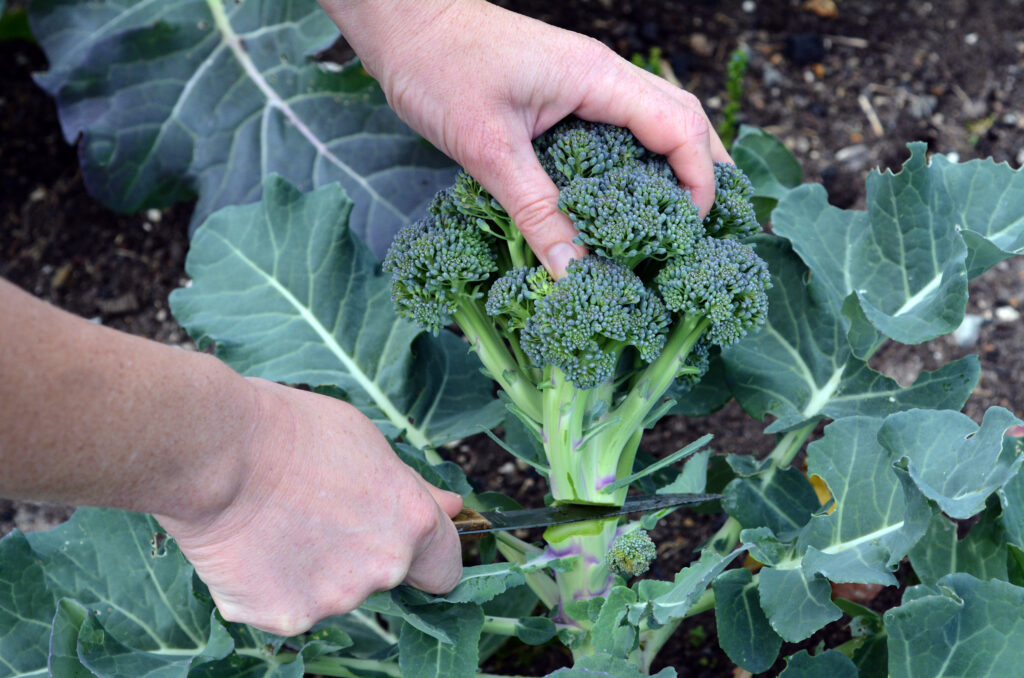
It’s too hot in June to grow most varieties of broccoli.
©ChameleonsEye/Shutterstock.com
Broccoli is a cold-weather crop. However, this doesn’t mean you can’t grow or harvest it in June. It completely depends on your environment. For example, broccoli cannot withstand high temperatures. It’s best not to harvest or grow broccoli in the summer in warm climates like most of the southern United States.
Consistent temperatures above 80°F can cause broccoli to bolt. Your head of broccoli stops growing and the plant’s energy focuses on the flowers, not the broccoli head. If you cut it quickly enough, it can still taste good. However, when plants bolt, typically the vegetable tastes bitter.
Celery
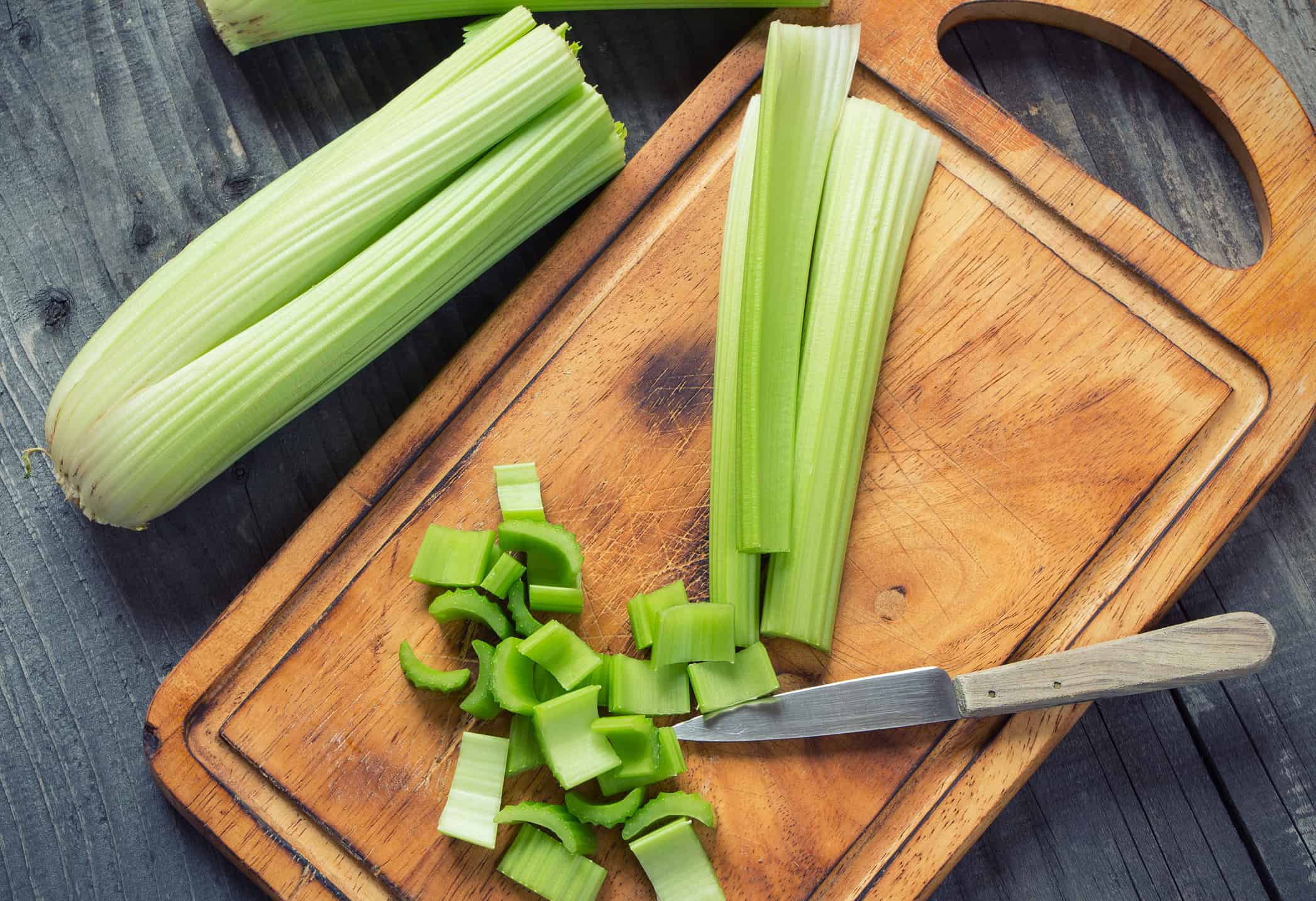
Celery can take up to 150 days to mature.
©iStock.com/Lecic
The next vegetable on our list is celery. This delicious and hydrating vegetable is not suitable for growing, harvesting, or eating in June. However, you can find celery in most grocery stores and markets in the summer. Typically, this is because the celery plants are heat-tolerant varieties or grown in a large and controlled environment.
However, if you’re trying to grow celery at home, it’s best to sow the seeds in May through June or September through October. It takes 130 to 150 days to mature from seed. Celery is also picky and needs cool weather. Too much sunlight and heat can trigger the plant to bolt, producing tiny white or yellow flowers. If this happens, you can easily save the seeds and try again during cool weather.
Kale
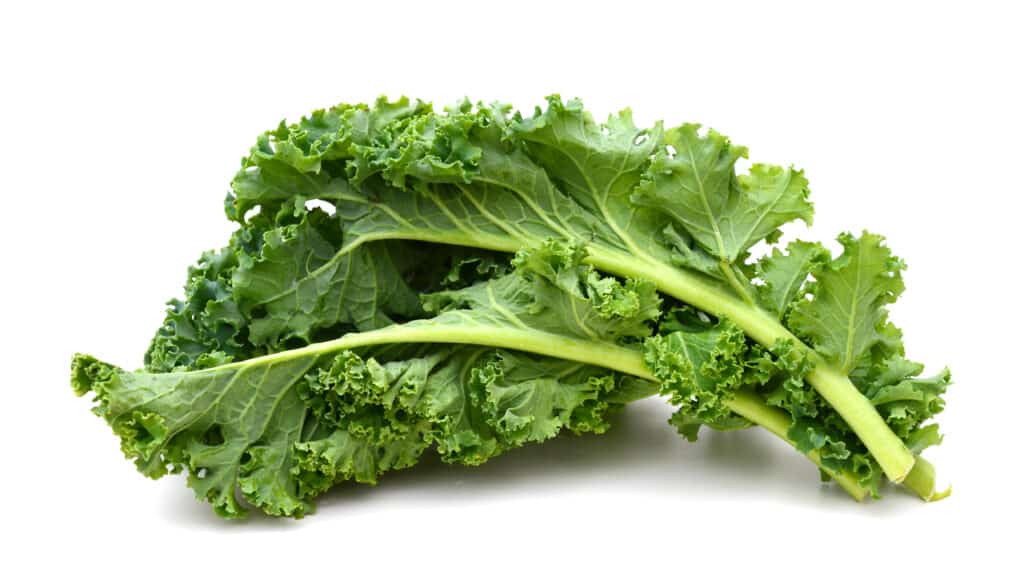
Kale takes about three months to grow.
©Binh Thanh Bui/Shutterstock.com
Another vegetable to avoid harvesting and eating in June is kale, a leafy green. Kale is a superfood with lots of vitamins. However, like other cool-weather vegetables on this list, during summer, it stops growing new leaves and instead produces flowers and seeds. While you can’t grow or harvest kale in June, you can sow seeds in mid-July so this cool-weather plant is ready by fall. Kale only takes about three months to mature from seed.
Carrots (Kind Of)
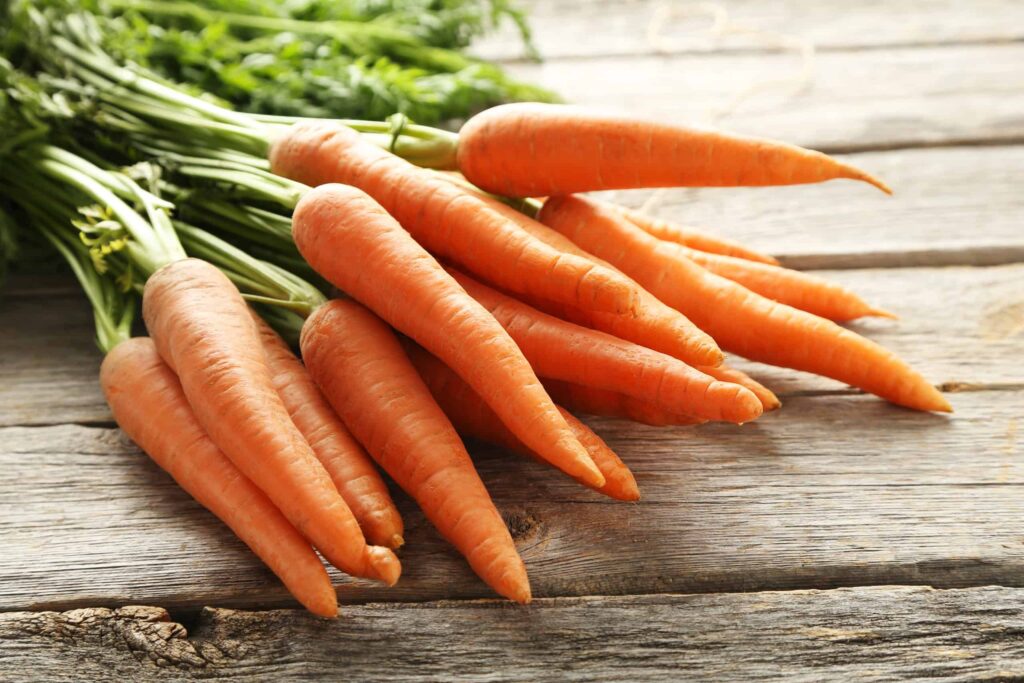
Some carrot varieties are heat tolerant.
©5 second Studio/Shutterstock.com
Next on our list of vegetables to avoid harvesting and eating in June are carrots. These delicious and nutritious vegetables though are tricky. Some varieties are heat tolerant and you can grow and harvest carrots in cooler climates. However, too much sun exposure can lead to thin carrots. These vibrant vegetables are picky. They need to be spaced out far enough to not tangle. Also, the temperature of the soil needs to be warm enough for the seeds to germinate. However, the root, which is what we eat, needs cool weather to grow.
Cabbage

Cabbages can be ready to harvest in late summer.
©iStock.com/Lusyaya
Cabbages are also cool-weather vegetables. However, they are sometimes ready in late summer. Typically, June is too early to harvest cabbage unless you started in late winter. However, this only works if you live in a warm climate with mild winters. If you decide to grow cabbages for a late summer harvest, provide your plants with shade.
Bok Choy

Bok choy will bolt when regularly exposed to temperatures above 90°F.
©Nungning20/Shutterstock.com
Bok choy is a popular vegetable. It’s also called Chinese cabbage. However, unlike other cabbage varieties, bok choy doesn’t grow a head of cabbage. Instead, its leaves are cooked and it has a bulb at the bottom. Bok choy is best sowed in late summer or early spring. However, if you’re growing this plant in a place where it receives too much sun, it can wilt and die. You can grow and eat bok choy with outside temperatures ranging from 30°F to 90°F.
Lettuce
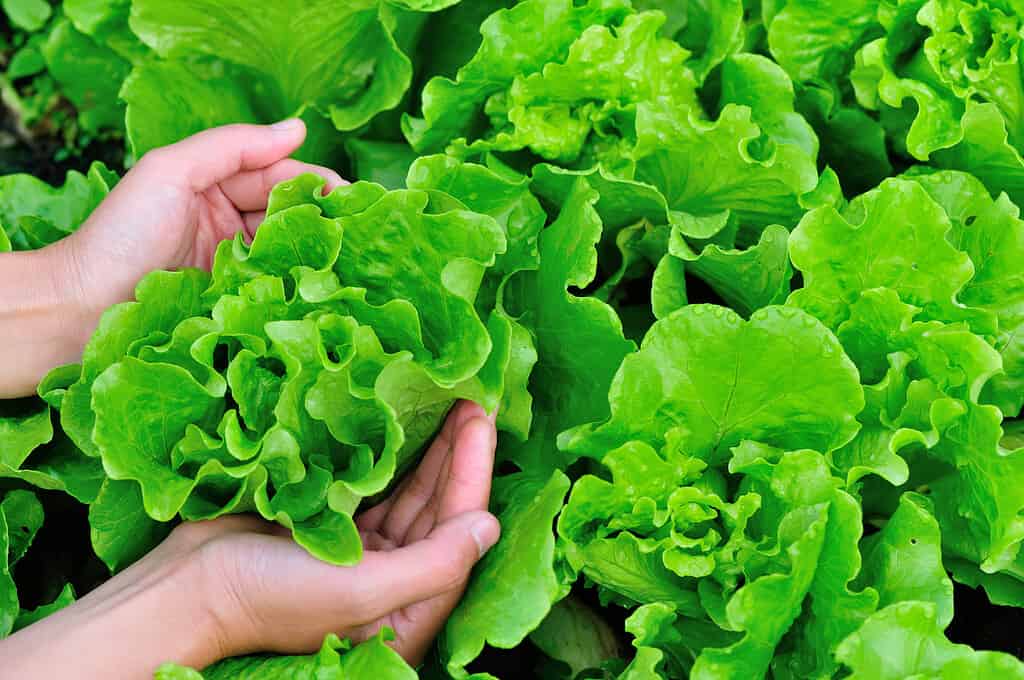
Lettuce is a cool-weather crop that needs a lot of water and shade during summer.
©lzf/Shutterstock.com
Lettuce, like the other vegetables on this list, can be grown in the summer if you choose a heat-tolerant variety. However, they typically bolt in June and July. Lettuce is a cool-weather crop that needs a lot of water. During the summer, when temperatures are regularly above 80°F, the plant will cease leaf production and focus on flowering. This causes the leaves to have a bitter taste. If you wish to grow lettuce through summer, you can grow the plants indoors near a window or in a hydroponics system.
Spinach
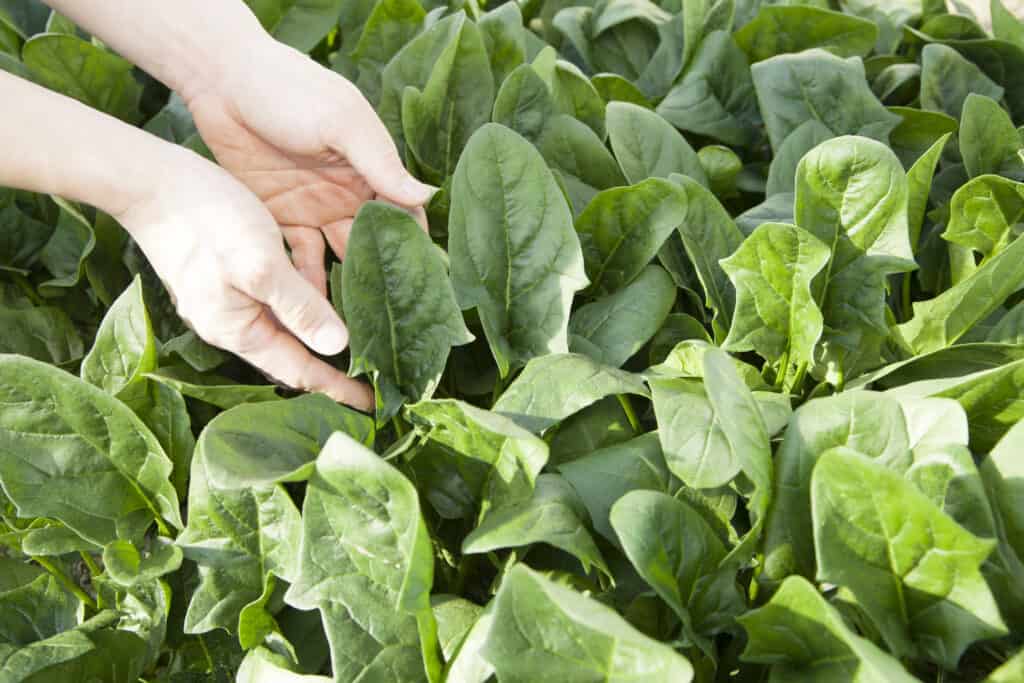
Spinach doesn’t like temperatures above the 60s.
©iStock.com/okugawa
The last plant on our list of vegetables to avoid harvesting and eating in June is spinach. Spinach is a very picky plant. While it can tolerate light frost, it cannot withstand heat. Once the outside temperature regularly reaches above 60°F, your spinach plant will begin to bolt and produce flowers, which dry into small seeds. Like lettuce, if you wish to keep this plant through summer, you can grow it inside or in a hydroponics system with shade.
The photo featured at the top of this post is © Alexander Raths/Shutterstock.com
Thank you for reading! Have some feedback for us? Contact the AZ Animals editorial team.






